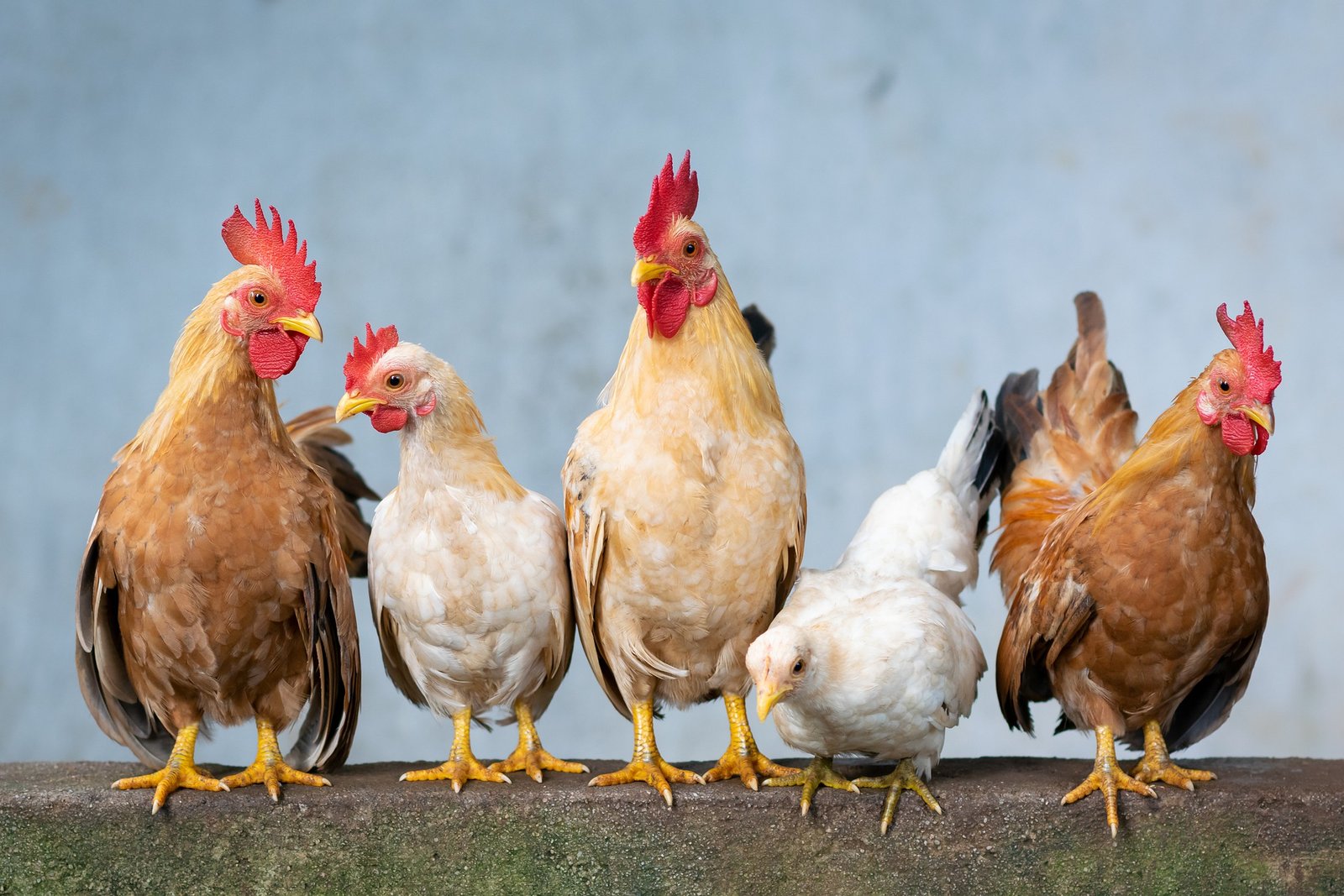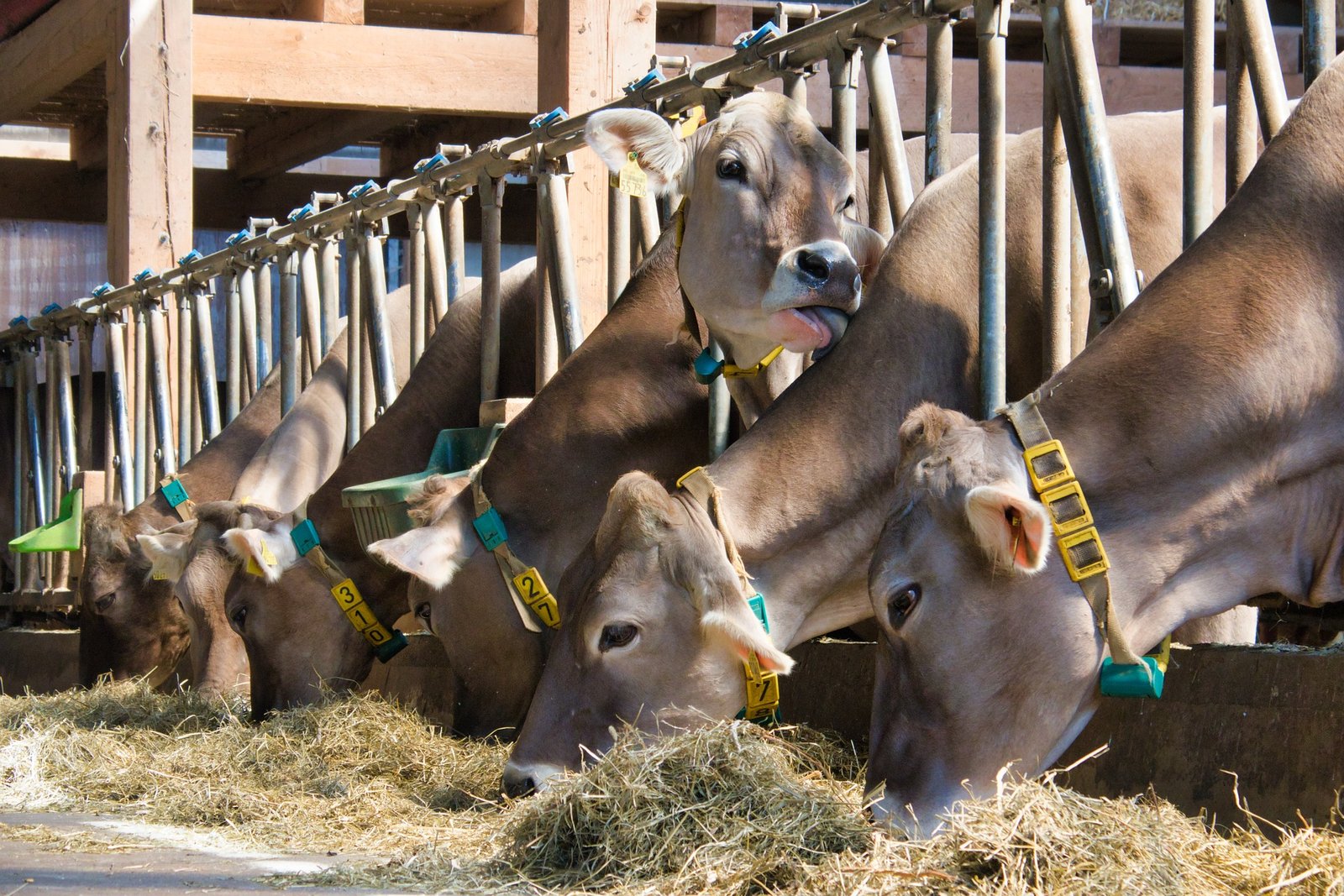Garlic (Allium sativum L.) is the second important bulb crop after onion. It is very hardy vegetable crop and is grown throughout India Madhya Pradesh is the leading state in garlic production contributing more than 31 per cent area and 30 per cent production. The other garlic growing states are Gujarat, Maharashtra, Uttar Pradesh Andhra Pradesh. Orissa, Tamil Nadu and Rajasthan. China is the leading country in area and production of garlic. India ranks second in area (86000 ha and third in production (3.5 lac tonnes).
- Garlic is used as spice or condiment.
- It has a higher nutritive value than other bulbous crops.
- Garlic is used in different preparations to cure sore throat and lingering stomach diseases, sore eyes, and earaches.
- It reduces the cholesterol in the blood.
- The garlic extracts also have nematicidal, fungicidal, and bactericidal properties. The foliage of garlic is flattened rather than hollow like that of the onion.
Garlic contains amino acid ‘Alliin’ which is colourless and odourless. However, when cloves are crushed allicin is formed due to the enzymatic reaction of allinase. The principal ingredient in allicin is diallyl di-sulphide which gives true garlic odour.
VARIETIES
Agrifound White (G-41). Developed by AADF and it is the first garlic variety released by central variety release committee for growing in western, southern and central parts Bulbs are compact, medium sized (3.5-4.5 cm diameter) white skin with creamy flesh.
Number of cloves 20-25 per bulb, matures in 160-165 days. Tolerant to purple blotch and Stemphylium diseases. Total soluble solids are 41%. Yields 130-140 g/ha.
G-1 (Yamuna White). Developed by AADF for growing in northern India. Bulbs are compact having silvery white outer skin and creamy flesh. Average diameter of bulb is 3.51 cm with 28-30 cloves per bulb. Matures in 155-160 days. Tolerant to purple blotch and Stemphylium diseases. Total soluble solids are 38%.
G-50. Performing well in northern and western India. Compact bulbs having white skin with creamy flesh. Average diameter 3.41 cm with 19-21 cloves per bulb. Matures in 165- 167 days. Yields 150-155 q/ha. Tolerant to purple blotch and Stemphylium disease.
G-51. Bulbs are quite similar to G-50 having diameter of 3.40 cm to 3.60 cm with 20-21 cloves per bulb. Matures in 165-167 days. Tolerant to purple blotch and Stemphylium diseases.
G-282. Leaves are wider than other varieties. Bulbs are creamy white and big (5-6 cm diameter) having 15-15 cloves/bulb. TSS 38-42.1%. Average yield is 175-200 q/ha and suitable for export.
Agrifound Parvati (G-313). Developed through selection from material collected from Hong Kong market. Long day variety and suitable for cultivation in mid and high hills of northern states.
Bulbs bigger in size (5-6 cm diameter), creamy white with pinkish tinge, 10- 16 cloves/bulb and tolerant to common diseases. Medium storer and suitable for export. Average yield is 175-225 q/ha.
Punjab Garlic. Leaves are dark green, cloves are white. The bulbs are uniformly large and attractive white. Yields 90-100 q/ha.
Garlic 56-4. Developed at PAU, Ludhiana. It has central stalk bearing 3-5 dark red shinned bulbils at the top. Cloves are bold and 25-34 in number per bulb. Yields 80-100 q/ha.
Some other local cultivars viz., Fawari, Rajelle Gaddi, Madrasi, Tabiti, Creole. Eknalin. T-56-4 and Jamnagar Local are also grown in different parts of country.
CLIMATE
Garlic is a winter season crop requiring cool and humid atmosphere during growth and relatively dry period during bulb maturity. High temperature and long days are not congenial for proper bulb formation. In India mostly short-day type varieties are cultivated.
SOIL AND FIELD PREPARATION
Garlic can be grown on all types of soils. However, soils rich in organic matter and well drained are preferred. Loamy soils were found better while heavy soils caused deformation of bulbs. The pH of the soil should be between 6.0 and 7.5.

Land should be thoroughly prepared by repeated ploughing and planking. Garlic is sown in beds, hence appropriate sized beds are prepared. While preparing channels, drainage facility must be given prime importance as water stagnation leads to discolouration of bulbs.
MANURE AND FERTILIZERS
Apply well rotten FYM or compost at the rate of 300 q/ha at the time of land preparation, Apply 100-200 kg N, 50 kg P2O, and 50-120 kg KO/ha. Complete dose of phosphorus and potash and half dose of nitrogen are applied at the time of towing. Remaining half done nitrogen may be applied after one month of sowing as top dressing.
TIME OF SOWING
In North India, the crop is sown in October-November while August is optimum for southern India.
Optimum sowing time of garlic in different states:
| State/region | Sowing time |
| Madhya Pradesh, Maharashtra, Karnataka and Andhra Pradesh | August-October |
| Gujarat, West Bengal and Orissa | October-November |
| North India | September-November |
| Hills | March-April |
SEED RATE AND METHOD OF SOWING
Cloves are used as planting material in garlic. About 500-600 kg cloves of 8-10 mm in diameter are sufficient to plant one hectare area. The field is divided into small plots a onion to facilitate irrigation and other operations. While sowing care should be taken that pointed position is kept upward.
There should be enough moisture in soil while planting However, in the absence of moisture, field should be irrigated immediately after the sowing of cloves. The cloves are dibbled at a spacing of 15 cm from row to row and 7-8 cm from plant to plant.
Seed propagation in garlic is not successful due to the following causes:
1. Many cloves of garlic do not produce flower stalks.
2. Flowers are variable in number and sometimes absent, seldom open and may in the buds.
3. If flower stalks produced, seeds form seldom.
4. Seed stalk bears a terminal inflorescence which bear bulbils instead of flowers
5. Morphologically abnormal and sterile flowers are formed.
6. Pollen sterility is formed even if floral parts develop normally.
Read More: LemonGrass Cultivation, varieties, and benefits
IRRIGATION
Frequency of irrigation depends upon the soil. However, in general, imigation is done 10 days interval. Garlic is a shallow rooted crop, hence, light and frequent irrigations art recommended.
WEED CONTROL
To keep the field free from weeds, two shallow hoeings are required at 20-25 and 40-5 days after sowing. Garlic is planted closely therefore, hoeing may cause injury to the plants, thus, control of weeds through herbicides is found better. Application of Fluchloralin @ 1.0 15 kg/ha or Trifluralin @ 0.75-1.5 kg/ha as pre-plant soil incorporation and Nitrofen @ 1-2 kg/ha or Alachlor @ 1.5-2.0 kg/ha about 30 days after planting successfully control the weeds of garlic.
HARVESTING AND CURING
Garlic is usually ready for harvesting within 130-150 days after sowing when the tops become partly dry and bend to the ground. The bulbs are lifted and windrowed gathering several rows into each windrow. Tops are placed over the bulbs to protect the bulbs from sun. If temperature is very high the bulbs are taken to shade for curing for about a week otherwise curing is done in field. Top and roots are removed by hand leaving about 2 cm of root and 2.25 cm of top.
YIELD
The yield varies from 50 to 100 q/ hectare with 86-96% recovery of clove in the bulbs.

















[…] Read More:- Garlic Crop Cultivation Guide Click Here […]